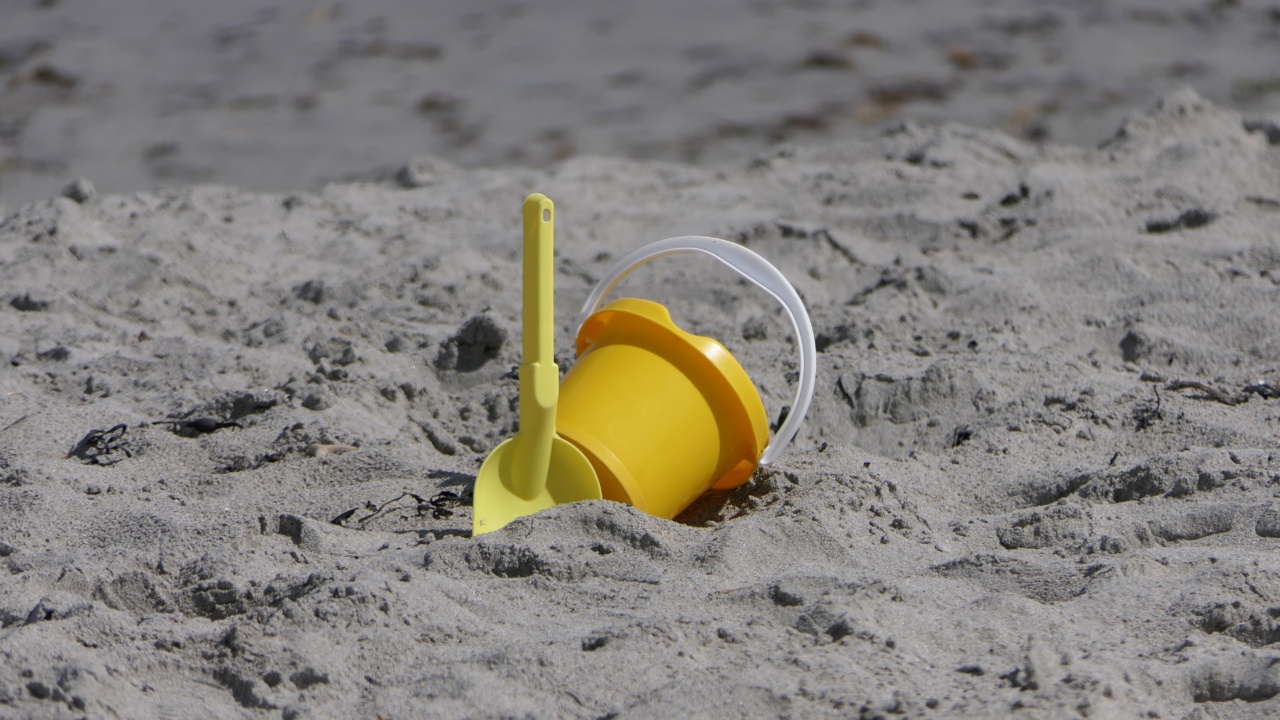Cystitis and urinary tract infections (UTIs) are two common conditions that affect the urinary system. While they share some similarities, there are also distinct differences between the two.
In this article, we will provide an overview of both cystitis and UTIs, including their causes, symptoms, risk factors, diagnosis, treatment, and prevention.
What is Cystitis?
Cystitis is the medical term used to describe inflammation of the bladder. It is commonly caused by a bacterial infection, typically from the bacteria Escherichia coli (E. coli), which is commonly found in the digestive system.
Cystitis can affect both men and women, but it is more commonly seen in women due to their shorter urethra, which allows bacteria to access the bladder more easily.
Causes of Cystitis
In addition to bacterial infections, cystitis can also be caused by other factors such as certain medications, irritants in the urine, radiation therapy, or vaginal infections.
Conditions that cause urine to remain in the bladder for extended periods, such as kidney stones or an enlarged prostate, can also increase the risk of developing cystitis.
Symptoms of Cystitis
The most common symptoms of cystitis include:.
- Frequent urge to urinate
- Passing small amounts of urine
- Burning sensation during urination
- Cloudy or dark-colored urine
- Strong-smelling urine
- Pain or discomfort in the lower abdomen
In severe cases, cystitis may be accompanied by fever, nausea, and vomiting. If left untreated, the infection can progress to the kidneys and lead to a more serious condition known as pyelonephritis.
Diagnosing Cystitis
When diagnosing cystitis, a healthcare provider will typically collect a urine sample for analysis. The presence of bacteria and increased white blood cells in the urine can indicate an infection.
In some cases, imaging tests, such as ultrasound or cystoscopy, may be performed to evaluate the bladder and urinary tract for any abnormalities.
Treatment for Cystitis
Treatment for cystitis usually involves a course of antibiotics to clear the bacterial infection. Drinking plenty of fluids and urinating frequently can help flush out the bacteria from the urinary system.
Over-the-counter pain relievers may also be recommended to alleviate discomfort during urination. In cases of recurrent cystitis, further investigation may be needed to identify underlying causes and develop appropriate treatment strategies.
What are Urinary Tract Infections (UTIs)?
Urinary tract infections (UTIs) refer to infections anywhere in the urinary system, which includes the bladder, urethra, ureters, and kidneys. UTIs are also often caused by bacterial infections, primarily E. coli.
Like cystitis, UTIs are more common in women due to anatomical differences.
Causes of UTIs
UTIs can occur when bacteria from outside the body enters the urinary system through the urethra. Factors such as poor hygiene, sexual activity, menopause, and the use of certain types of birth control methods can increase the risk of developing UTIs.
In some cases, UTIs can also be caused by non-infectious factors like kidney stones or tumors.
Symptoms of UTIs
The symptoms of UTIs can vary depending on which part of the urinary system is affected. Common symptoms include:.
- Frequent urge to urinate
- Passing small amounts of urine
- Pain or burning sensation during urination
- Cloudy or strong-smelling urine
- Pelvic pain or pressure
- Lower back pain
In more severe cases, UTIs can lead to fever, chills, and pain in the side or back, indicating possible kidney involvement.
Diagnosing UTIs
To diagnose a UTI, a urine sample will be collected and tested for the presence of bacteria and white blood cells. If the infection has spread to the kidneys, additional tests such as a kidney ultrasound or CT scan may be conducted.
Identification of the specific bacteria causing the infection can help guide appropriate antibiotic treatment.
Treatment for UTIs
Like cystitis, UTIs are typically treated with antibiotics to eliminate the bacterial infection. Drinking plenty of water and urinating frequently helps to flush out the bacteria from the urinary tract.
Pain relievers may be recommended to manage discomfort during urination. In more severe cases or when complications arise, hospitalization and intravenous antibiotics may be required.
Prevention of Cystitis and UTIs
To reduce the risk of cystitis and UTIs, the following preventive measures can be taken:.
- Drink plenty of water to flush out bacteria
- Urinate frequently
- Wipe from front to back after using the toilet
- Empty the bladder before and after sexual activity
- Avoid using irritating feminine hygiene products
- Practice good genital hygiene
- In postmenopausal women, consider vaginal estrogen therapy
By following these preventive measures, the risk of bacterial infections in the urinary system can be significantly reduced.
Conclusion
Cystitis and urinary tract infections are common conditions that can cause discomfort and inconvenience. Both conditions are typically caused by bacterial infections, most commonly E. coli.
It is important to recognize the symptoms and seek prompt medical attention for appropriate diagnosis and treatment. By practicing good hygiene and following preventive measures, the risk of developing cystitis and UTIs can be minimized.






























